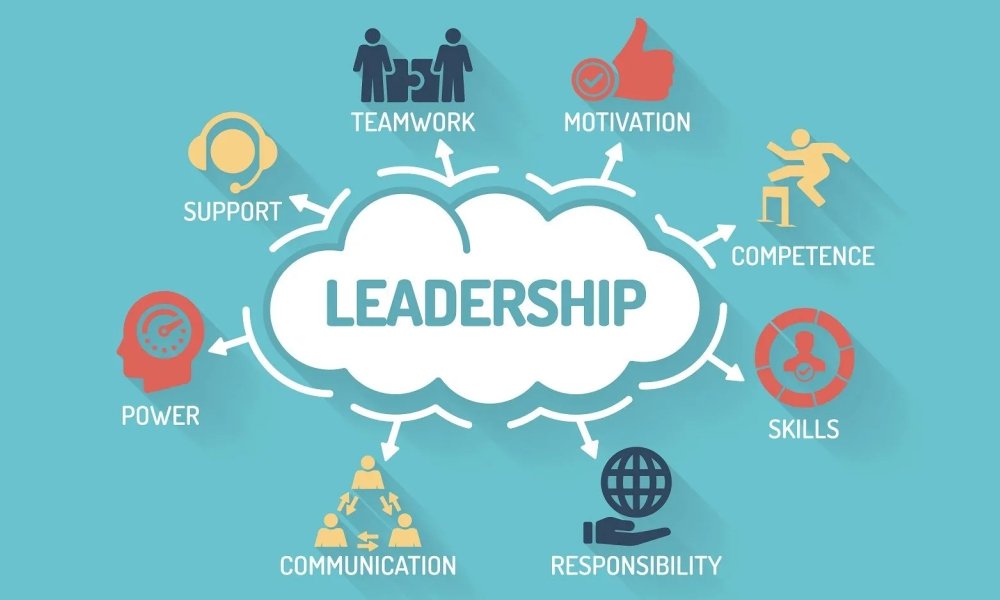The adoption of environmentally responsible business methods is not only a moral imperative in this day and age, but it is also a wise economic move in an era when climate change and environmental degradation are important problems. Not only is it better for the environment, but it can also greatly enhance a company’s bottom line. Hence, businesses that embrace sustainability are more likely to prosper in the long term. This is not just because it is better for the environment but also because it may significantly boost a company’s bottom line. This article goes into the many ways and tactics that companies may use to incorporate sustainability into their operations, which will eventually result in financial as well as environmental benefits.
Carry out an Analysis of the Environmental Impact
It is necessary to carry out an exhaustive review of your company’s operations before beginning the process of adopting sustainable business practices. The environmental effect of your activities, including the resources you use, the trash you produce, and your carbon footprint, should be evaluated as part of this study. It is essential to have a solid understanding of your existing situation in order to establish realistic sustainability targets and measure progress accurately.
Establish Unambiguous Sustainability Objectives
Establish sustainability goals that are crystal clear, quantifiable, and attainable and that match the aims of your organization. These objectives need to include things like lessening emissions of greenhouse gases, cutting down on waste, making more efficient use of energy and water, and embracing methods of sourcing that are more environmentally friendly. Your organization will have a road map to follow, and it will be easier to monitor its progress over time if defined goals are established.
Measures to Improve Energy Efficiency Should Be Put Into Action
Increasing energy efficiency is one of the most important steps in the process of becoming more sustainable. Investing in energy-efficient technology, such as LED lighting, energy-efficient appliances, and renewable energy sources, such as solar panels, is a smart way to reduce your carbon footprint and save money. This not only lessens your impact on the environment by lowering your carbon footprint, but it also lessens the amount you spend on energy, which ultimately improves your bottom line.
Use of Resources Should Be Optimized.
Utilizing resources such as water and raw materials effectively is an essential component of sustainable practices. Take steps to cut down on water waste, recycle materials, and improve manufacturing methods so that you may utilize fewer resources. Not only is there a benefit to the environment, but there is also a reduction in operating expenses related to the procurement of raw materials and the disposal of garbage when there is less waste.
Foster the development of a circular economy.
The design of items must take into account their longevity and potential to be recycled as part of the transition to a circular economy. To lengthen the amount of time that items and materials may be used, it is important to promote recycling, reuse, and repurposing. This technique lowers the amount of fresh resources that are required, limits the amount of trash that is produced, and has the potential to cut production and waste management costs.
Emphasize creating sustainable supply chains.
Collaborate with vendors that share the same commitment to environmental responsibility as you do. Analyze their environmental policies and give preference to suppliers that demonstrate a commitment to responsible sourcing, ethical labor standards, and the reduction of their carbon footprint. Not only will a sustainable supply chain correspond with the ideals of your firm, but it also has the potential to improve your brand image and strengthen consumer loyalty.
Employees should be educated and involved.
Make it a priority to educate and involve your workforce in the company’s efforts to become more sustainable. It is important to provide your staff with training on sustainable practices and to encourage their participation in developing creative solutions to minimize waste and enhance efficiency. When it comes to the implementation of sustainability programs across all levels of a business, workers who are engaged may be a tremendous asset.
Reporting and Openness to the Public
Maintain stakeholder trust by keeping them updated on the status of your sustainability initiatives on a regular basis. Stakeholders include consumers, investors, and the general public. Through sustainability reports and other media, articulately explain the progress you’ve made toward achieving your sustainability objectives. Your company’s image will be enhanced, and you will be able to attract clients and investors who are concerned about the environment when you are transparent.
Utilize Current Technology and Innovative Methods.
Efforts to improve sustainability should make use of many forms of technology. Utilize sophisticated analytics to monitor resource utilization, enhance supply chains, and identify areas in need of improvement. Embrace new solutions, such as AI-powered systems that optimize energy use or trash reduction, in order to promote both sustainability and cost-efficiency at the same time.
Assessing and Keeping Tabs on Performance
Create key performance indicators, or KPIs, to monitor how well your sustainability activities are working out in the real world. Maintain regular monitoring and evaluation of your progress in relation to these key performance indicators (KPIs), making modifications as required to ensure that you remain on track to achieve your sustainability objectives. Continuous evaluation ensures that your efforts continue to contribute to the bottom line and are aligned with your overall company goals.
Conclusion
For long-term success in the company, the adoption of environmentally responsible business practices is no longer a choice but a need. Businesses are able to incorporate sustainability into their operations if they first undertake comprehensive evaluations, define specific targets, optimize their use of resources, embrace technology, and lastly include their staff. The advantages that have resulted as a direct consequence of these efforts, which include cost reductions, an improved brand image, and the loyalty of customers, show that sustainability and financial success are not mutually exclusive. The adoption of sustainable practices not only ensures a better future for the earth as a whole but also for the growth and viability of your company in the long run.








